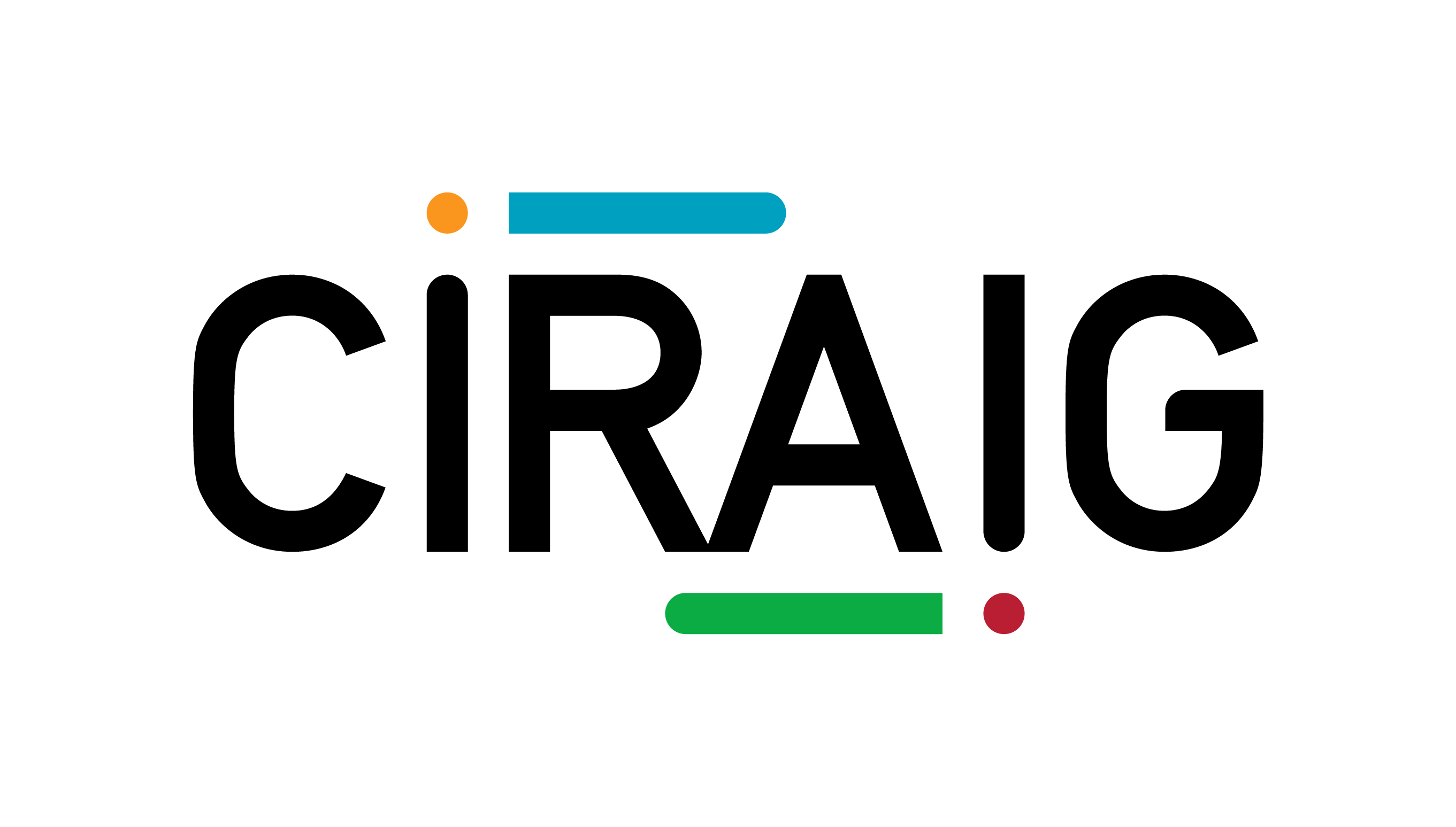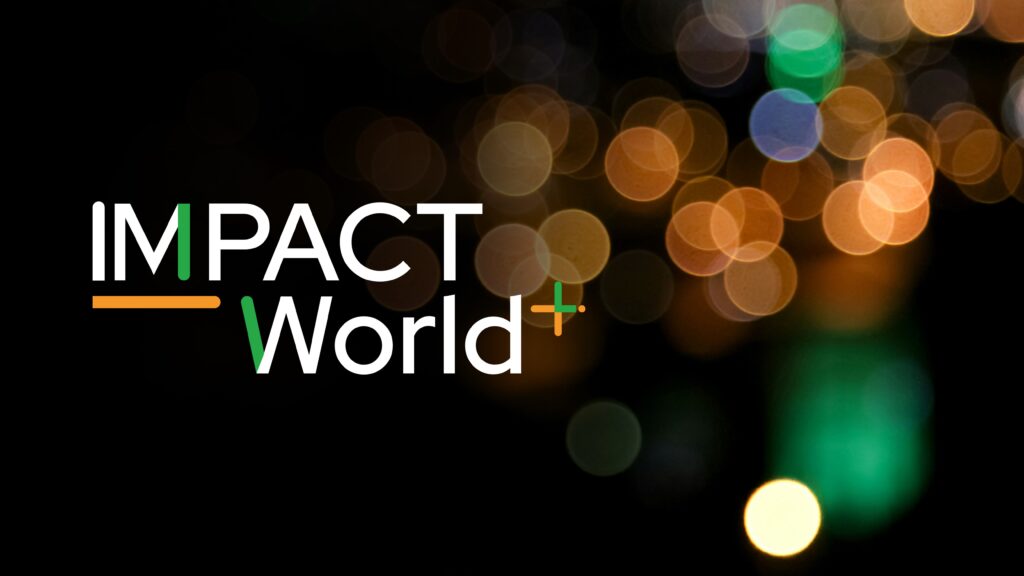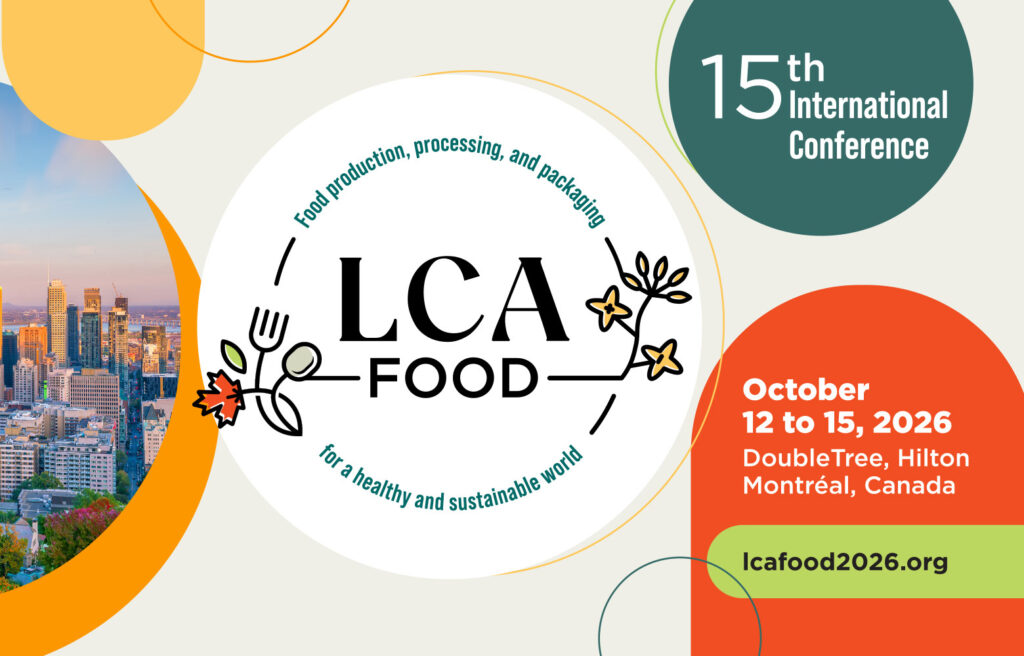Authors
Manuele Margni
Professor, CIRAIG – Polytechnique Montreal
Other Collaborators:
Bruno Arcand, Marc-Étienne Dagesse, Simon Langlois-Bertrand
Legend
Categories of Instruments
The categories are based on Christopher Hood’s NATO model:
- Hood C (1983) The Tools of Government. Macmillan
- Hood C, Margetts H (2007) The tools of government in the digital age. Palgrave
The NATO model groups policy instruments according to four types of social resources they rely on and from which governments derive different capabilities:
Nodality denotes the central point in information networks; gives governments a strategic position to disseminate information and/or access information.
Authority denotes the possession of legal powers and other sources of legitimacy; enables governments to demand, forbid, guarantee and adjudicate corporate and individual behaviour.
Treasure refers to public money and ‘fungible chattels’; allows governments to exchange and to use public resources as a means of influence.
Organization denotes the possession of a stock of people with skills, equipment, etc., gives governments in-house capacity to act, for example through bureaucratic and scientific leverage.
Types of Instruments
- Informational measures : based on the government’s central position in information or social networks; cover governmental participation in the building of life cycle databases and inventories, or the setup of sharing platforms; include the dissemination of more general LCA information, such as the results of (past) studies and reports in various sectors.
- Legislative and regulatory frameworks: codes of regulations, laws and acts, standards and mandatory eco-labels; bestow official power to demand, forbid, guarantee, adjudicate.
- Governmental procurement policies: public procurement of goods, services and construction using or promoting LCA in management-related decisions in different sectors and at different levels (agencies, ministries, departments).
- Financial support: covers instances where governmental agencies fund measures aimed to support the application of LCA by private actors; includes LCA completed in collaboration with, or funded by, public authorities; includes negative incentives such as taxes.
- Administrative practices: cover the use of LCA in-house in different agencies and departments, but also in state-owned corporations.
- Strategic guidance: covers references to life cycle assessment and life cycle thinking principles in high-level government strategy documents, action plans, scenarios or roadmaps; includes alternative terms whenever (a) the principles to which they refer are close to life cycle thinking and/or (b) the specific policy tool to which they refer is clearly within the family of policy tools that contain LCA.
Instruments by Category
| Instrument | Category |
| Informational measures | Nodality |
| Legislative and regulatory frameworks | Authority |
| Governmental procurement | Treasure |
| Financial support | Treasure |
| Administrative practices | Organization |
| Strategic guidance | Organization |








